Since its inception in 2009, Bitcoin has dominated headlines as the pioneer of cryptocurrency. But as the crypto market has matured, a host of innovative and powerful Bitcoin alternatives — often referred to as altcoins — have emerged. These digital currencies are reshaping the future of finance, offering features that Bitcoin doesn’t: faster transactions, enhanced scalability, smart contract functionality, and eco-friendly protocols.
Whether you’re a seasoned investor, a tech enthusiast, or simply curious about digital currencies beyond Bitcoin, this guide explores the top 9 cryptocurrency alternatives to Bitcoin in 2024.
These aren’t speculative meme coins — these are serious blockchain projects with long-term potential, adoption, and real-world utility.
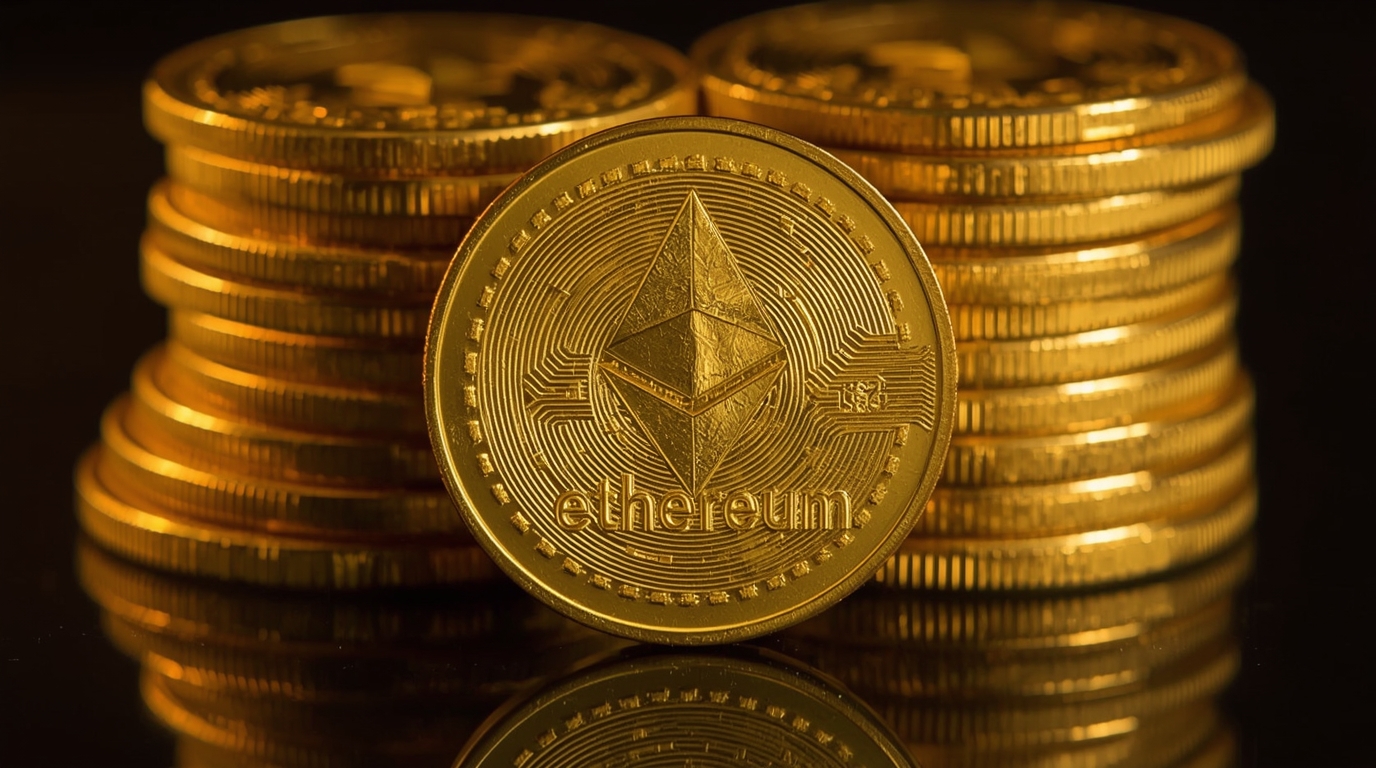
If Bitcoin is digital gold, Ethereum is digital oil — fueling the engines of decentralized applications, NFTs, and DeFi protocols. Launched in 2015 by Vitalik Buterin, Ethereum introduced the world to smart contracts, enabling automated agreements without intermediaries.
Key Strengths:
✅ Smart contracts & dApps
✅ Massive developer ecosystem
✅ Ethereum 2.0: eco-friendlier, proof-of-stake
Why Consider Ethereum:
It powers much of the blockchain world’s infrastructure. If you believe in Web3, DeFi, or NFTs, Ethereum is foundational.
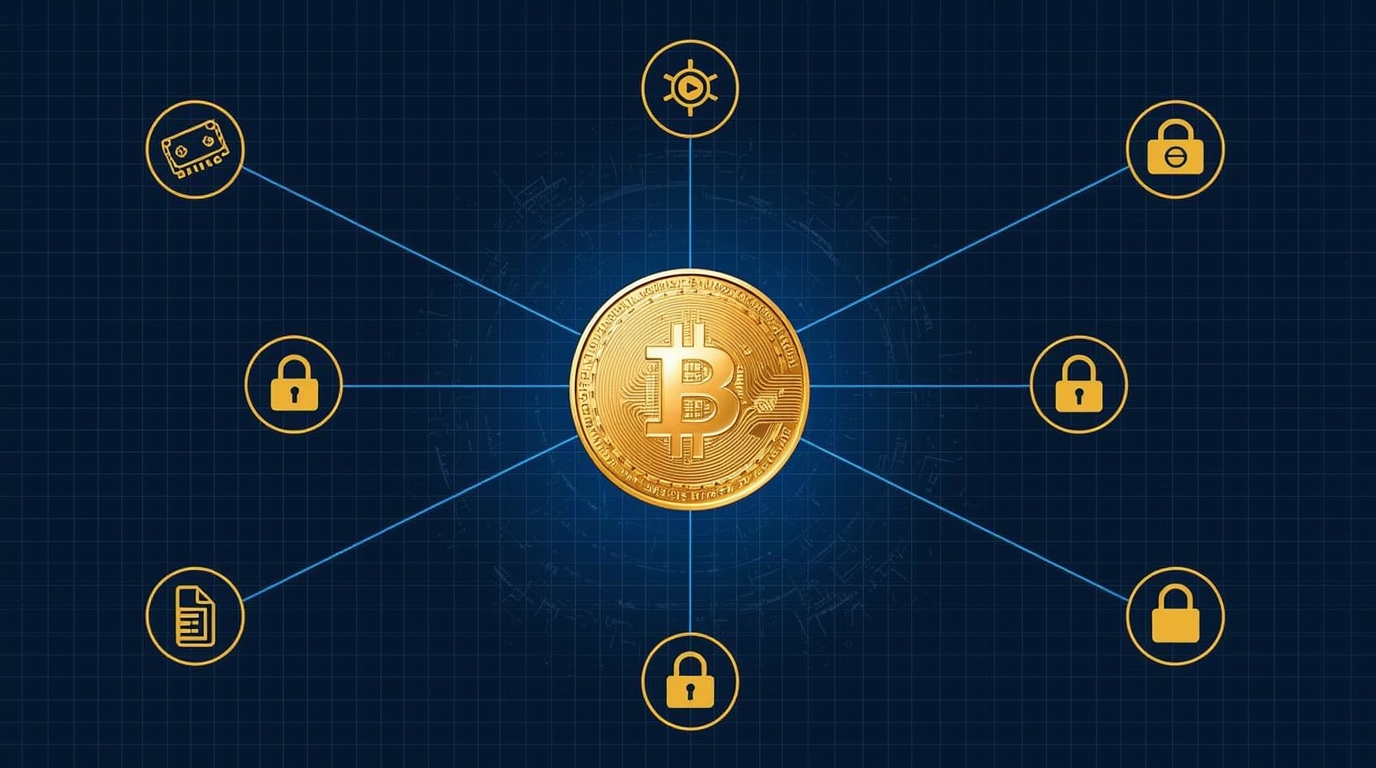
Initially created to pay reduced fees on Binance Exchange, BNB has evolved into a full-fledged utility token for the Binance Smart Chain (BSC). It powers decentralized applications and facilitates transactions at a fraction of Ethereum’s fees.
Key Strengths:
✅ Strong backing by the world’s biggest crypto exchange
✅ Fast transactions with low fees
✅ Expanding ecosystem: DeFi, NFTs, gaming
Why Consider Binance Coin:
BNB is deeply integrated into Binance’s vast crypto infrastructure, making it highly functional and widely used.
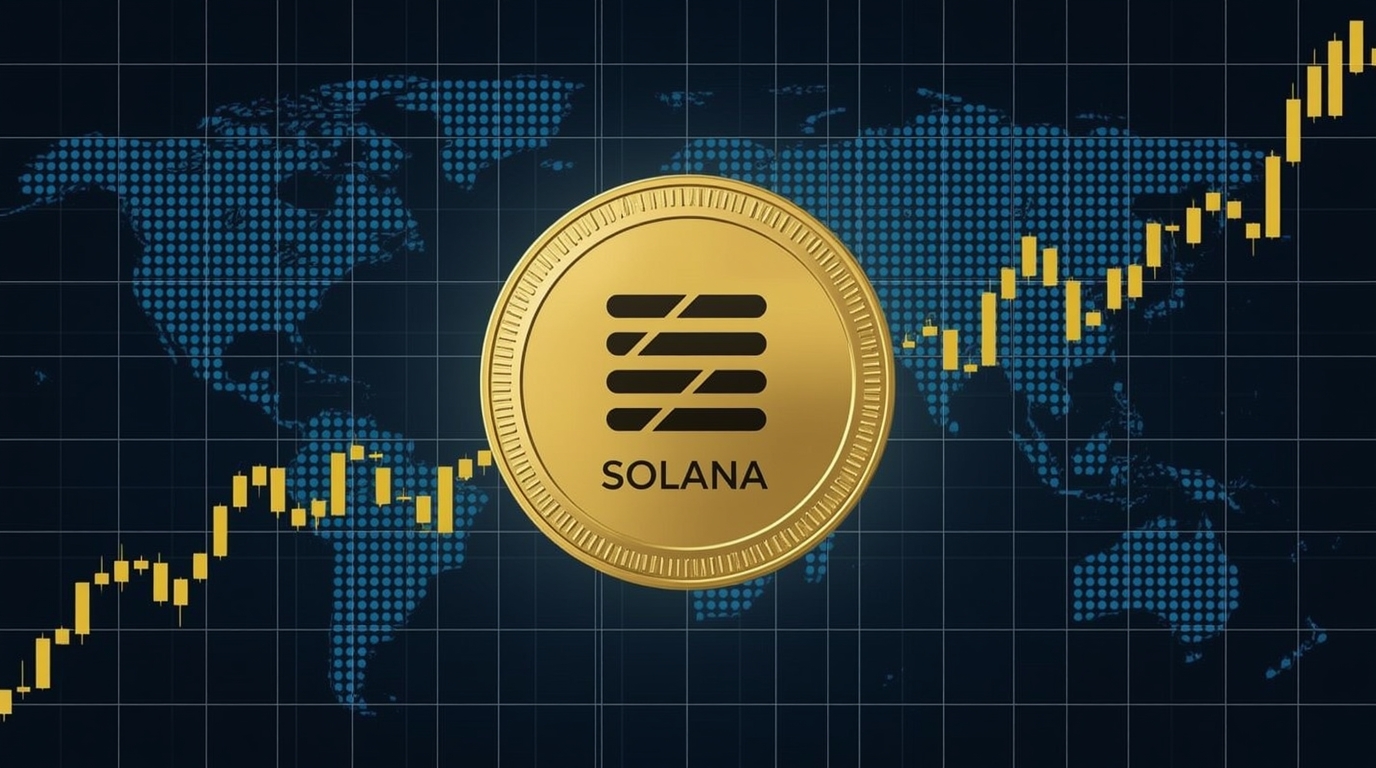
Solana has rapidly become a favorite for developers and investors due to its blazing-fast speeds (65,000 TPS) and ultra-low fees. Unlike Ethereum, which struggles with congestion, Solana aims for scalability without sacrificing decentralization.
Key Strengths:
✅ High throughput and low fees
✅ Thriving ecosystem: DeFi, NFTs, gaming
✅ Strong institutional backing
Why Consider Solana:
If scalability and performance are your priorities, Solana is a strong bet.
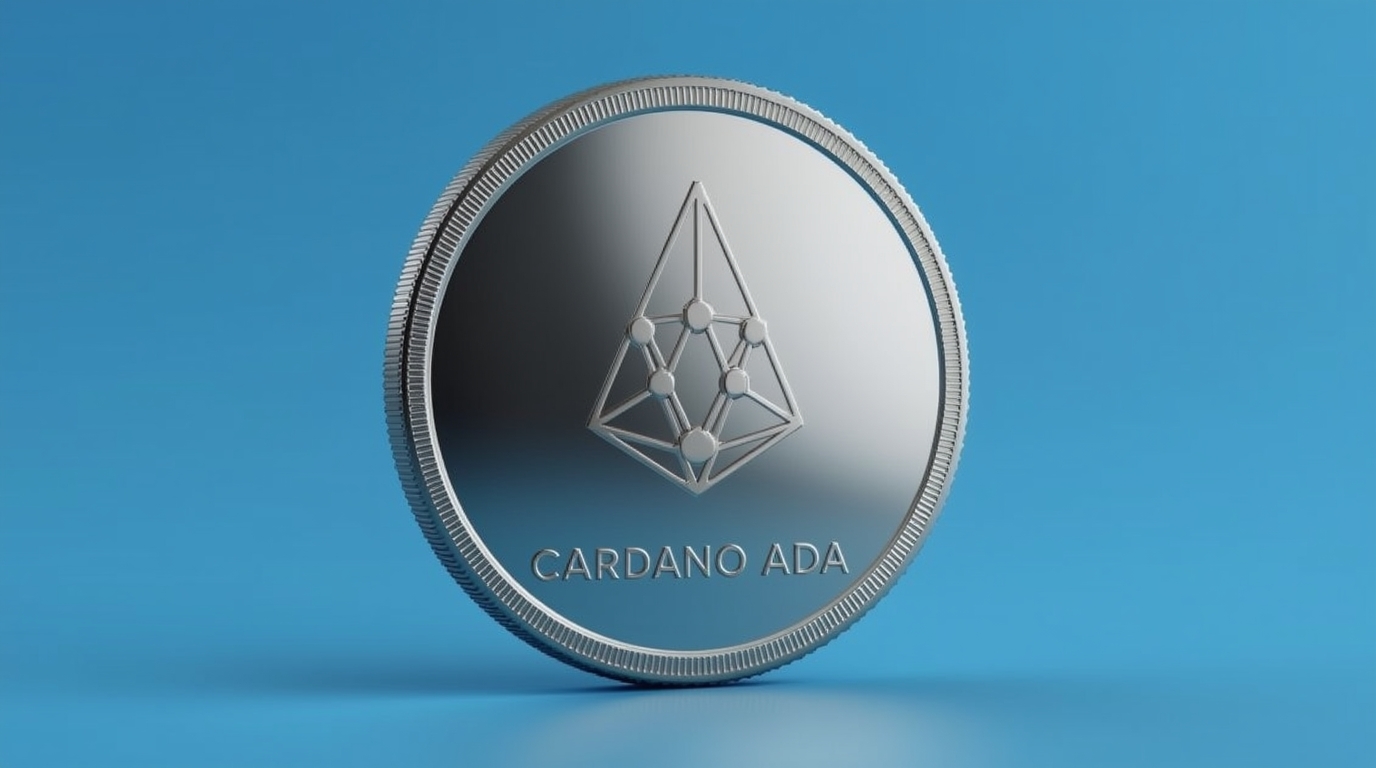
Founded by Charles Hoskinson (co-founder of Ethereum), Cardano is known for its academic, research-driven approach to blockchain. It focuses on sustainability, scalability, and interoperability.
Key Strengths:
✅ Peer-reviewed technology
✅ Energy-efficient proof-of-stake consensus
✅ Focus on real-world adoption (Africa, education, identity)
Why Consider Cardano:
Its slow but deliberate development process positions ADA as a stable, future-proof blockchain.
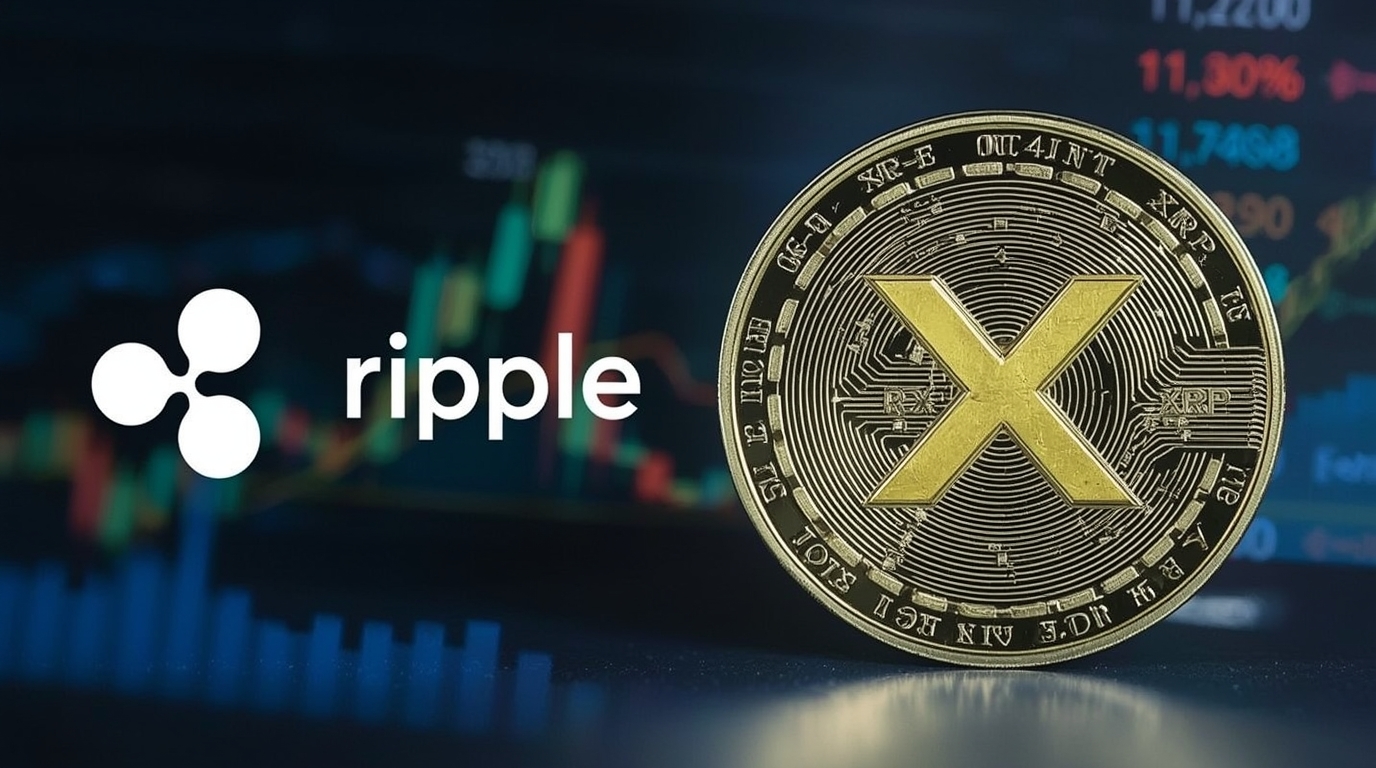
Ripple's primary goal isn't decentralized finance for consumers — it's revolutionizing cross-border payments for banks. XRP enables lightning-fast, low-cost international transactions.
Key Strengths:
✅ Focused on banking adoption
✅ Fast and scalable payment settlement
✅ Strong partnerships globally
Why Consider Ripple:
Despite ongoing SEC battles, Ripple’s real-world partnerships give it a unique edge in traditional finance.

Polkadot aims to connect multiple blockchains into a unified network, allowing them to communicate and transfer data seamlessly — a key step towards true Web3 interoperability.
Key Strengths:
✅ Interoperability across chains
✅ Decentralized governance
✅ Parachain ecosystem encouraging innovation
Why Consider Polkadot:
If blockchain communication becomes essential (it will), Polkadot is positioned at the center.
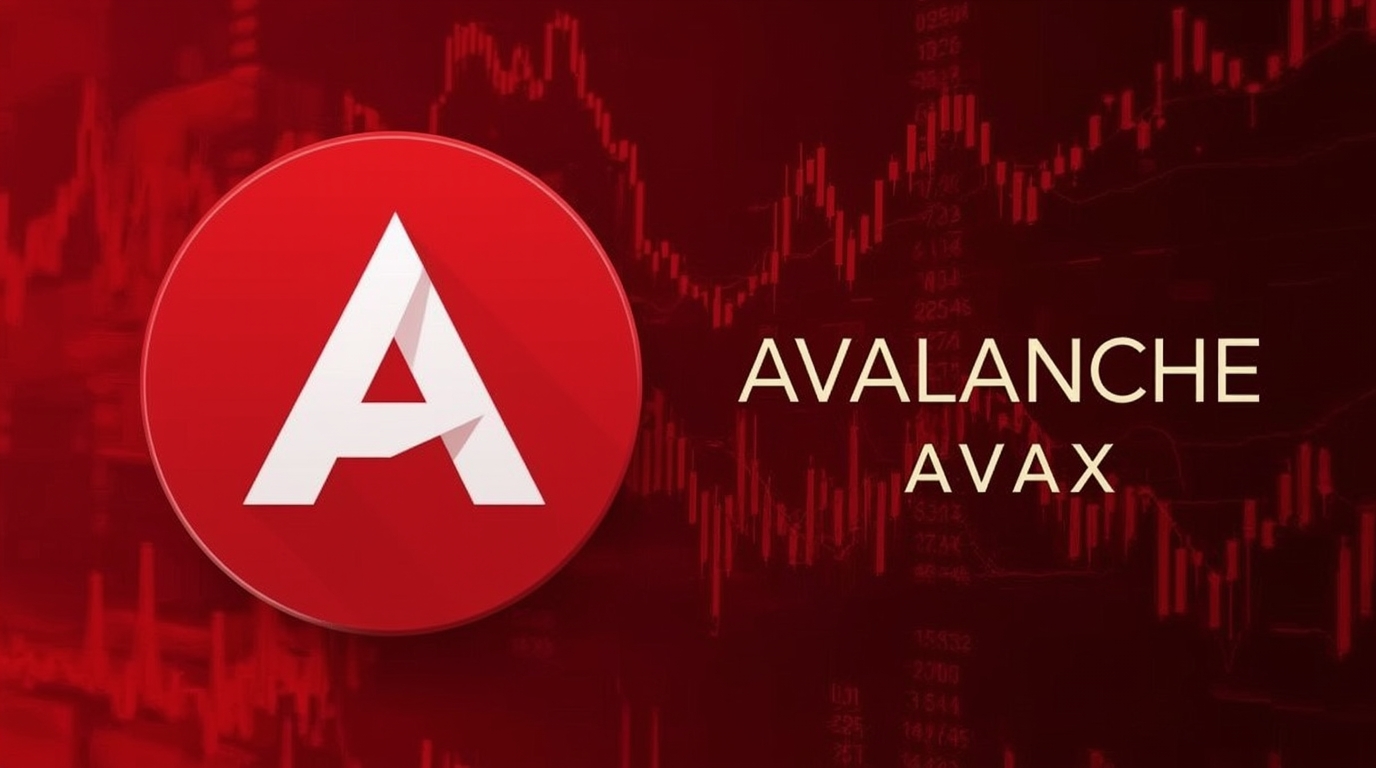
Avalanche promises speed, scalability, and security through its innovative three-blockchain architecture. It's a go-to platform for DeFi, enterprise blockchain solutions, and NFTs.
Key Strengths:
✅ 4,500+ TPS, near-instant finality
✅ Eco-friendly proof-of-stake
✅ Robust ecosystem for DeFi & NFTs
Why Consider Avalanche:
Think of it as Ethereum’s faster, more scalable cousin with cheaper transaction costs.
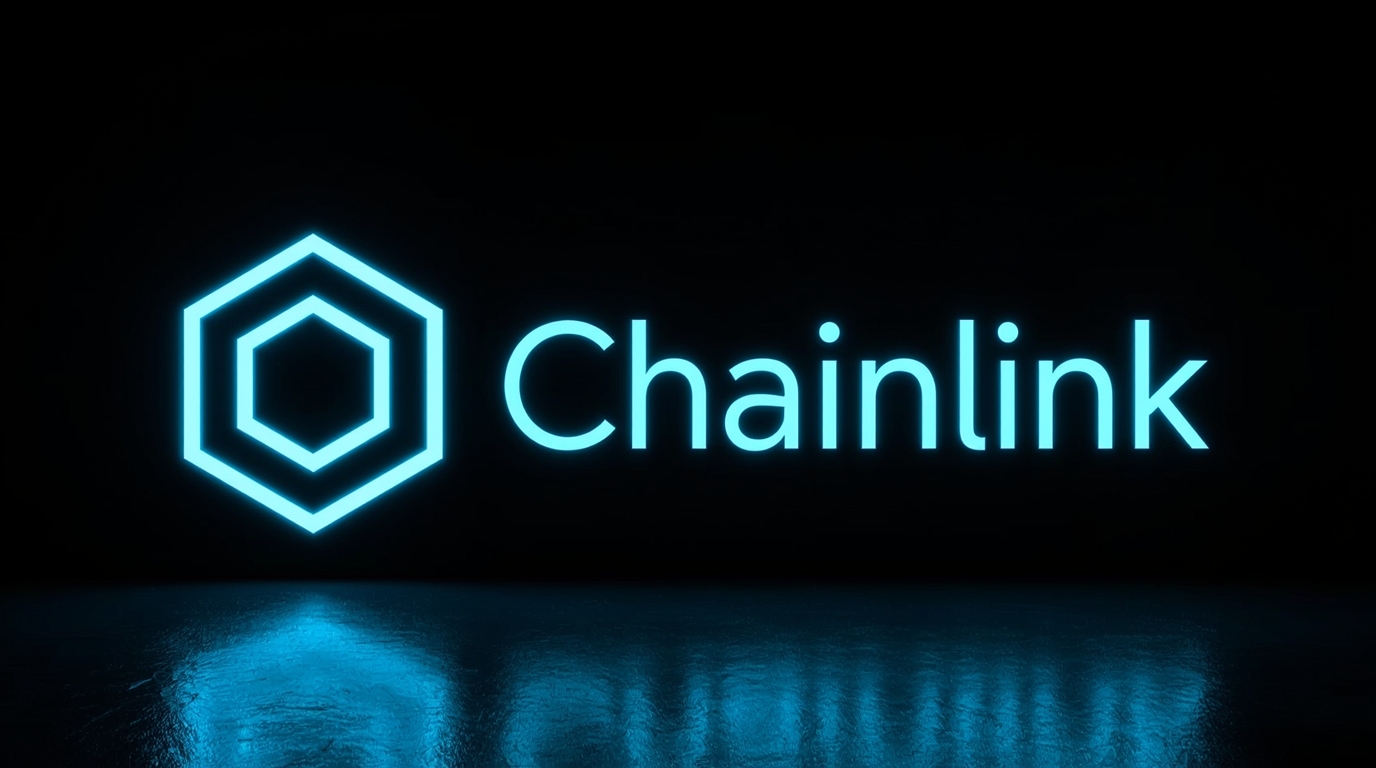
Chainlink isn’t a currency for purchases — it’s the leader in blockchain oracles, securely connecting smart contracts to real-world data (weather, stock prices, sports scores).
Key Strengths:
✅ Essential infrastructure for DeFi
✅ Secures billions in DeFi protocols
✅ First-mover advantage in oracles
Why Consider Chainlink:
Without accurate data feeds, DeFi crumbles. Chainlink provides the backbone.
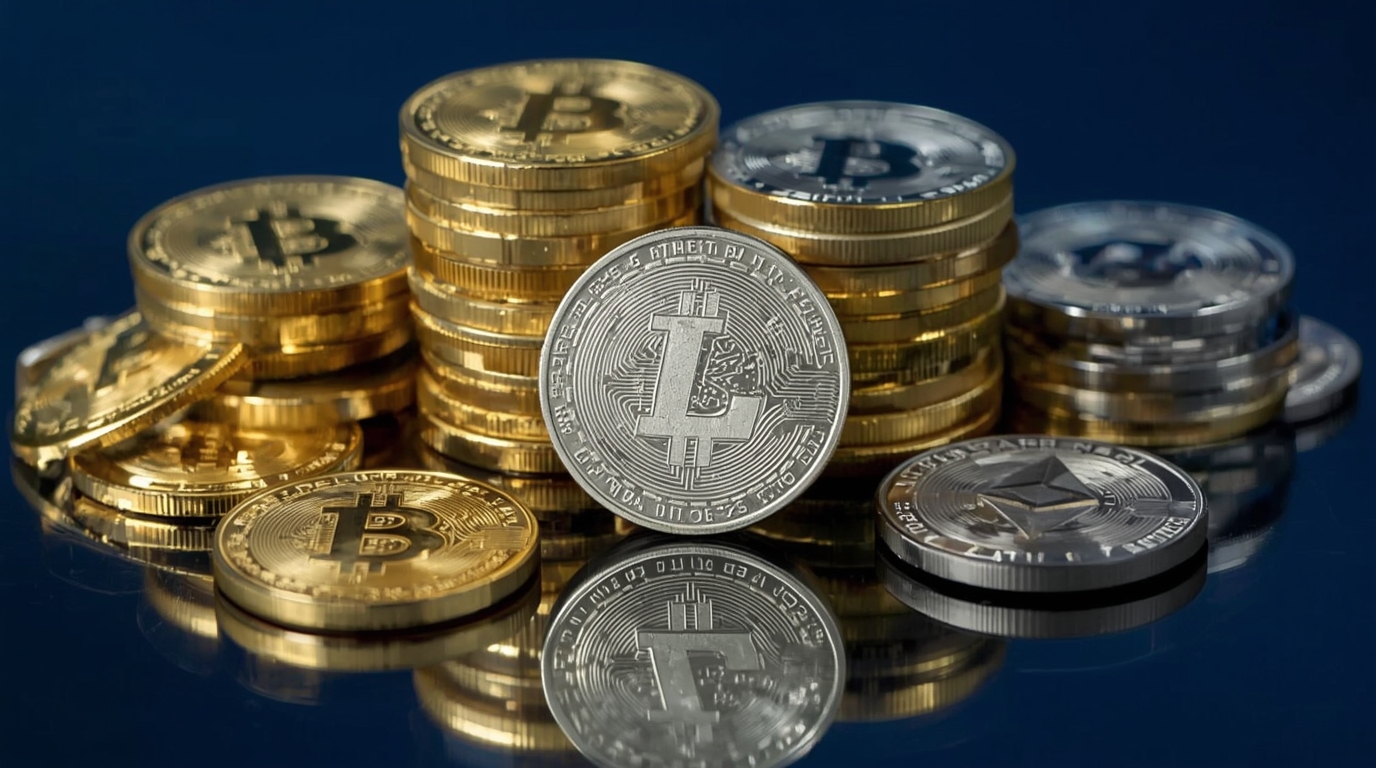
Created in 2011 as “the silver to Bitcoin’s gold,” Litecoin offers faster block confirmation times and lower fees, making it a practical option for daily transactions.
Key Strengths:
✅ Fast transaction speed
✅ Low fees
✅ Trusted, long-standing network
Why Consider Litecoin:
Its longevity and reputation make it a stable alternative for transactions and payments.
Bitcoin vs. Altcoins: How to Diversify Your Crypto Portfolio
[Insert Hyper-Realistic Image: A balanced digital scale weighing Bitcoin on one side and a basket of altcoins on the other.]
Bitcoin remains a solid foundation for many investors. However, diversifying into altcoins exposes your portfolio to emerging technologies and higher growth potential. While Bitcoin focuses on wealth storage, these coins enable innovations like DeFi, NFTs, AI integration, and cross-chain communication.
Smart investors balance the stability of Bitcoin with the growth potential of carefully chosen altcoins.

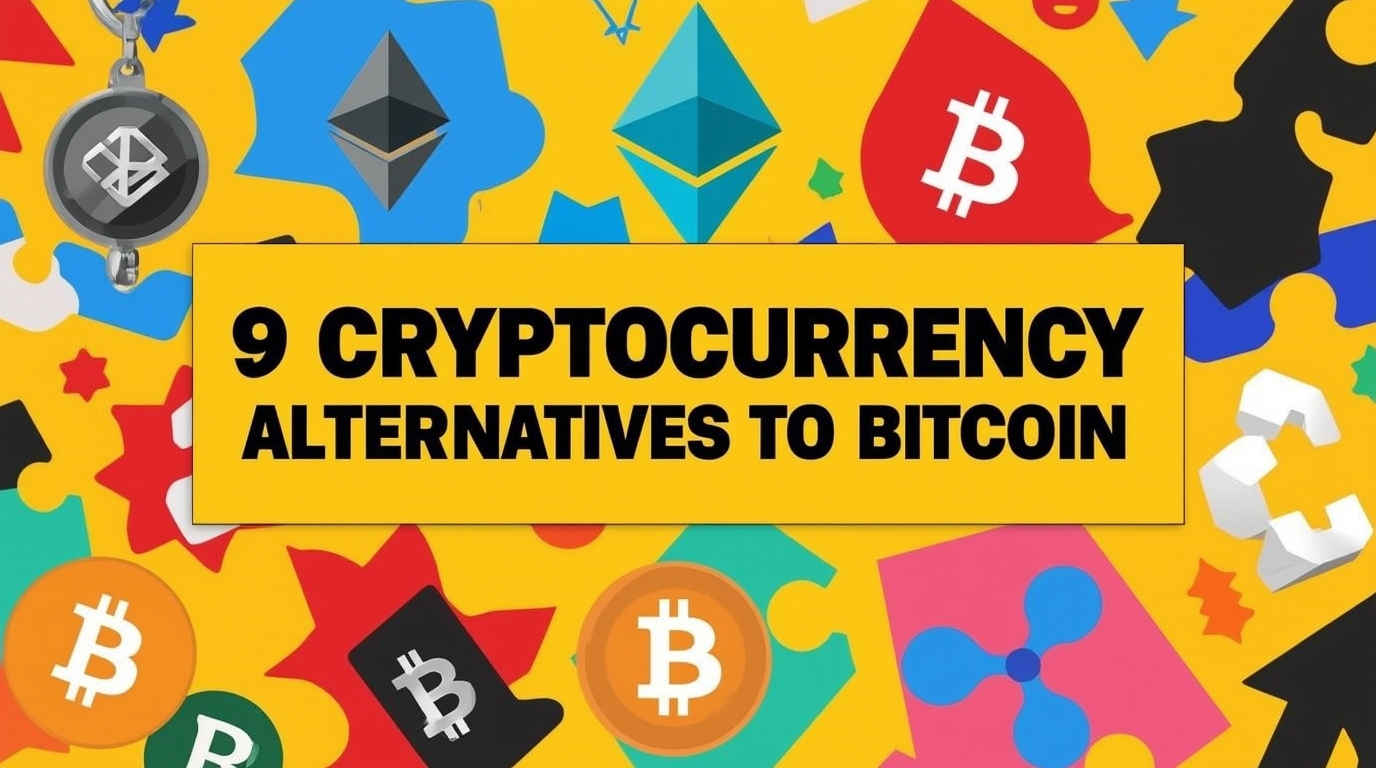





Be First to Comment